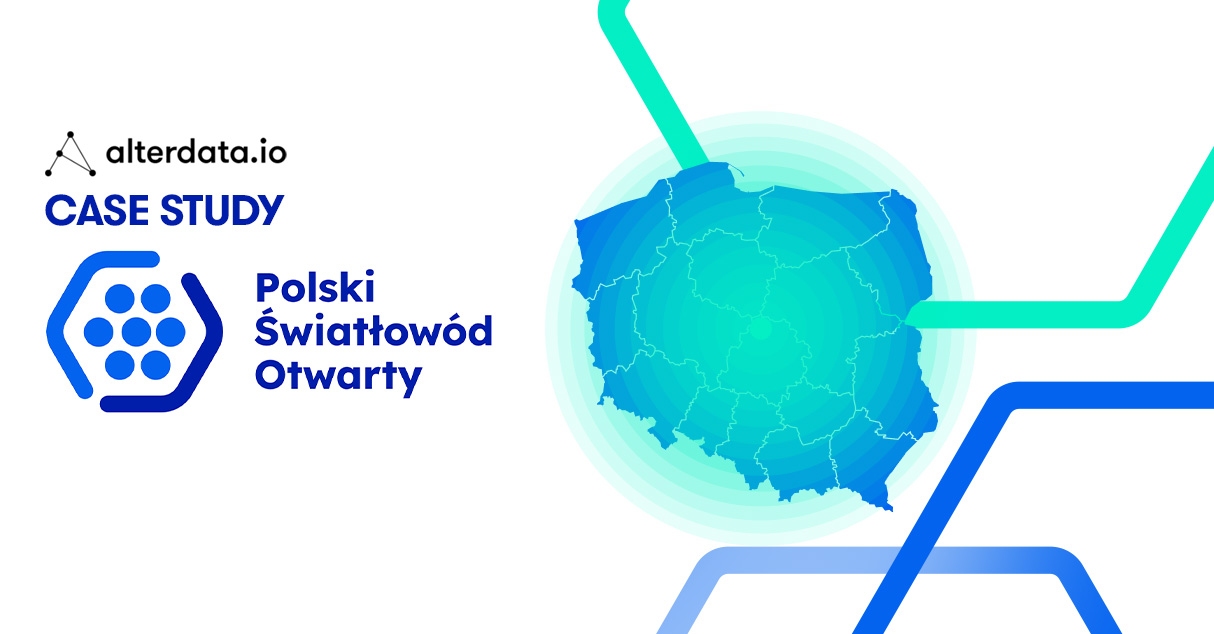Most user acquisition campaigns for mobile games can perform better, and most monetization methods can be optimized. Any good marketer or mobile game developer would tell you that with utmost confidence.
“How” is the tricky part.
You can rely on experience, industry expertise, a flash of brilliance, or just a simple hunch. In the end, no matter which way you choose, you will still have to analyze data to verify that you’re doing well.
So why not start with proper data analysis right away and then mix it with all your knowledge, hunches, and wonderful ideas?
Luckily, mobile games can provide you with a plethora of data sets that you can use to your advantage. In this article, we’ll discuss what exactly can be done with data to elevate a mobile game to another level.
The First Step in All Data Operations in Mobile Games
A company that wants to make data-driven decisions must ensure the data is usable. It may sound obvious and trivial, but over the years of cooperation with many mobile game companies, we’ve never seen a situation where all gathered data is 100% accurate.
And it’s not a knock on anyone. Unfortunately, there are plenty of potential issues that may come up, especially if you’re dealing with disorganized data from different sources.
Because of that, you can easily stumble upon inconsistencies, incomplete information, entry errors, and much more.
On top of that, quite a few of those issues are pretty easy to miss if you’re not an experienced data scientist, let alone a marketer.
They don’t have to be very significant, and it’s possible to succeed without ever recognizing them, especially if you have a top-level product. But they might prevent you from reaching your game’s full potential.
Now, the worst part is that even if you’re trying to do right and use one of the analytical platforms to help you handle your data, you might run into the same problems and a few more on the way.
Why MMPs and Application Development Platforms Are Not Enough?
Whether we’re talking about purely marketing platforms or those dedicated to product owners, most issues with those types of applications come from their “one size fits all” nature.
They can’t focus on your specific needs and challenges because they must be versatile enough to appeal to the larger crowd.
You’re limited to what a generic dashboard with default functionalities gives you. And the bigger your project application becomes, the more cumbersome those boundaries will be. So, scalability can be a considerable challenge.
With the “one size fits all” model comes yet another issue of insufficient data validation and quality assurance tools. And that can be a massive issue if you have to gather data from multiple systems.
On top of that, they’re generally disliked by marketers due to their insufficient ability to present data in an easily understandable way.
Ways to Use Data to Your Advantage With the Help of a Dedicated Team
We started this article with the claim that most mobile games can be optimized, usually in multiple ways. As Alterdata.io, we believe that is true, and we help our clients collect, organize, and utilize data to reach those goals.
To do so, we provide mobile game developers and marketers with dedicated teams that work with them closely and give them valuable tools for data gathering, analysis, and overall understanding of how data can be utilized.
Our reports have better fresh rates and deeper granularity and give much more freedom in terms of setting timeframes and KPIs.
And the system is not a black box, so they can reach a much higher level of understanding of how all those elements and relations work.
So, how does it work exactly?
Data Validation and Reconciliation Process: Let’s Make Sure All Your App Data Matches Your Financial Data
It’s close to impossible to actually have all your relevant data intact, correct, and up to date if you haven’t put a lot of work into it.
There are quite a lot of things that can possibly go wrong due to various definitions of the same type of information, different formats, and incorrect attribution.
So, the first part of our process is analyzing the entire data flow in the organization and looking for potential errors in the process.
| Only after we’re entirely sure that the data perfectly reflects the reality we can work with it and make actual data-based decisions. |
Then, we can choose the best strategy to move forward, including specific types of analyses and reports. Let’s talk about them.
User Acquisition Reports
Not every element we will mention in the following few paragraphs will apply to every mobile game, but this one certainly will.
For all our clients, we prepare a comprehensive system that allows a thorough analysis of all user acquisition methods and a clear vision of how ad campaigns and the game itself perform. The most significant metrics you’ll be able to track include:
- CPI/eCPI (Cost per install, effective cost per install)
- ROAS (Return on ad spent)
- ROI (Return on investment)
UA — Whale Hunting
One of the most common types of Google Ads campaigns for mobile games is the one aimed at installs. Their one simple goal is to get installs without considering the “quality” of those installs. And by quality, I mean factors such as:
- time spent in the game by a user,
- amount and value of in-game purchases,
- time spent watching in-game ads,
- and more.
We’re taking a sort of reverse approach in the process of whale hunting. By analyzing the initial behavior of highly profitable users (whales) and defining key events in their early customer journey, we may direct the Google algorithm to more users alike.
Simply put, we’re “teaching” the algorithm how whales behave to help it find more of them.
Campaigns optimized like this bring far more excellent results, even five times better than those targeted at installs. In the case of tROAS campaigns, the difference won’t be as high, but it’s still highly plausible to get 10-15% growth.
ROAS Predictions
Even a relatively small amount of data can be used to accurately predict ROAS and LTV in days 60, 90, 120, and up to a year. Based on the first three days of the user’s life, you can get a good idea of a break-even point.
The same can even be done for software that hasn’t been launched yet if we have data from similar games.
Of course, it’s fair to say that those types of predictions won’t be as accurate. Still, it can be used to at least have a decent idea of what’s coming and use that information to make better decisions throughout the product’s lifecycle.
Product Metrics Reports
Another key tool we can give your developers and product owners is a detailed app development report for every single version of your mobile game.
As you surely know, A/B testing is the bread and butter of mobile game development. Whether that means significant changes such as experimental monetization for a particular group or just some extra features, A/B tests happen all the time in mobile game development studios.
Our tools allow you to control those tests and get a perfect view of what works and what doesn’t, including insights into pure numbers like LTV or behavioral information like specific usage, playtime, and retention.
But perhaps the biggest game-changer is the ability to compare and analyze data sets within different granularity.
For example, the report allows us to observe users coming from different UA networks and verify in A/B tests which experimental group is more profitable. That kind of analysis is not possible in Firebase.
Our tools can analyze dozens of KPIs simultaneously, including the most significant ones regarding ad monetization, such as ARPDAU and IMPDAU.
SKAd
iOS poses a tricky challenge for mobile game developers who wish to analyze marketing campaigns. Due to privacy restrictions required for all iOS software, it’s much more difficult to track campaigns on Apple devices than on Android.
The amount of available data is significantly limited, so we must do everything possible to maximize its analytical potential. It’s tricky, but not impossible.
With the right configuration of conversion value schema in the SKAdNetwork, we can still gather quite a lot of valuable data about user behavior in the first 24 hours after installation.
We’re relying on a set of up to 64 events that users can trigger during that time. That’s more than enough to estimate ROAS and optimize campaigns in the long run.
In addition to that, we’re filling in the crucial blanks, including the date of installation, revenue from conversion value nulls, and countries. Based on 24 hours of data, we can model long-term ROAS using attributed user data and global relations observed at a country level.
Only then can we get reliable and useful campaign performance data that marketers can use on a daily basis.
Use all available data to bring your game to the next level
If there’s one thing that our experience with mobile game development companies taught us, it’s that there’s always more to be done with data.
You can always understand user behavior better, ads can always perform better, and the game itself can bring more revenue with the proper optimizations.
And there are companies that can help you with that.
*wink*






